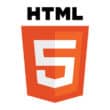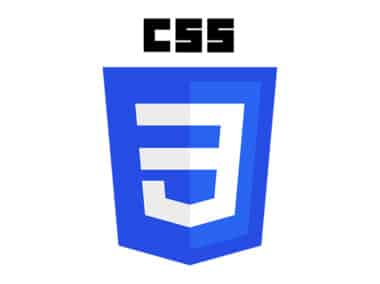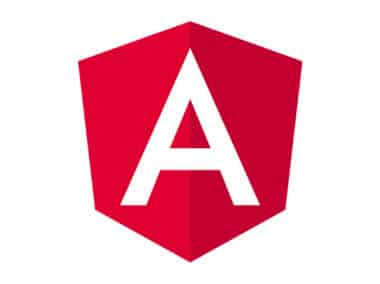HTML is a fundamental language used in web development. It provides the structure and content of a website, making it a key tool for developers to create visually appealing and user-friendly web pages. Here are some real-world examples of how to use HTML in web development projects:
Creating a Blog
Blogs are a popular way to share content online. HTML is used to create the structure of a blog, providing the framework for the content and design of the website. Here are some HTML elements used in creating a blog:
- <header>: This element is used to define the header section of a blog. It typically contains the blog title, logo, and navigation menu, providing users with an easy way to navigate the website.
- <main>: This element is used to define the main content area of a blog. It typically contains the blog posts, allowing users to read and engage with the content on the website.
- <aside>: This element is used to define a side content area of a blog. It typically contains the blog’s widgets and ads, providing additional information and resources to users.
- <footer>: This element is used to define the footer section of a blog. It typically contains copyright information, social media links, and other important links, providing users with access to additional resources and information.
Creating an E-commerce Website
E-commerce websites are online stores that sell products and services. HTML is used to create the structure of an e-commerce website, allowing developers to create a user-friendly and visually appealing website that encourages users to make purchases. Here are some HTML elements used in creating an e-commerce website:
- <header>: This element is used to define the header section of an e-commerce website. It typically contains the website logo, navigation menu, and search bar, allowing users to quickly and easily find the products they are looking for.
- <main>: This element is used to define the main content area of an e-commerce website. It typically contains the product listings, providing users with a clear and organized view of the products available for purchase.
- <aside>: This element is used to define a side content area of an e-commerce website. It typically contains product categories, filters, and ads, allowing users to easily navigate the website and find the products they are looking for.
- <footer>: This element is used to define the footer section of an e-commerce website. It typically contains copyright information, contact details, and other important links, providing users with access to additional resources and information.
Overall, HTML is an essential tool for web developers in creating visually appealing and user-friendly websites. By using HTML to structure web pages, developers can create websites that are easy to navigate, engaging, and encourage users to take action.




